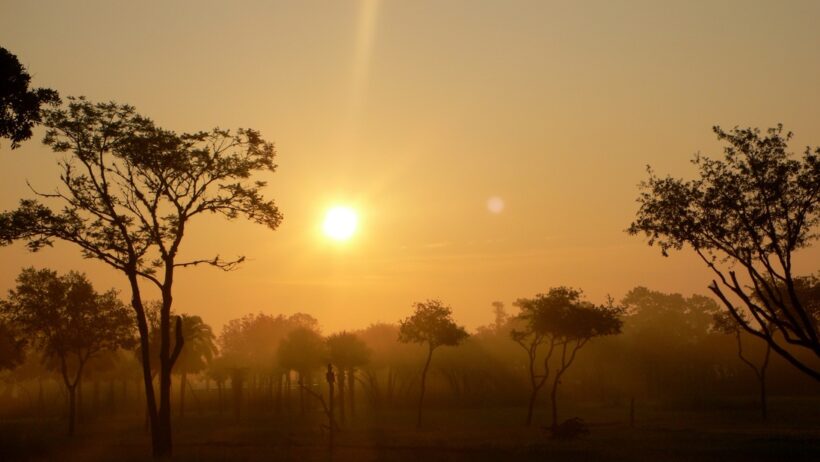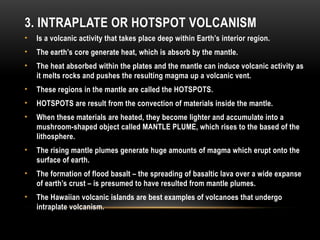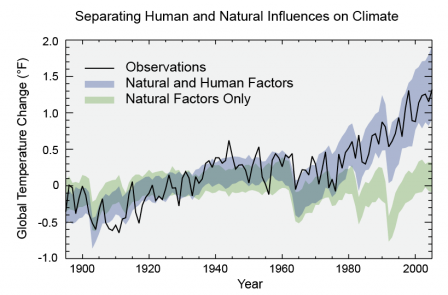Nigeria is a land of diverse climates, where the sun blazes with an unrelenting fervor in the savannahs and the lush, verdant forests breath a different life. The nation’s climatic tapestry is woven from contrasting threads, each revealing the intricacies of the environment and its profound influence on the people, flora, and fauna that inhabit it. From the oppressive heat of the savannah to the suffocating humidity of the rainforest, the climatic conditions in Nigeria tell a story as rich and complex as the country itself.
Geographically, Nigeria is partitioned into three primary climatic zones: the northern savannah, the central region, and the southern rainforest. Each zone embodies distinctive traits, yet all are woven together by the rich cultural heritage of the Nigerian populace. The interplay of temperature, humidity, and rainfall cultivates a variety of ecosystems, each with its own unique characteristics.
As one traverses from the north to the south of Nigeria, it becomes evident that the northern savannah is marked primarily by its dry, sandy terrain, a stark contrast to the emerald canopies of the southern regions. In the far north, the climate is predominantly characterized by a tropical savannah climate, typified by a distinct wet and dry season. Here, the sun reigns supreme for much of the year.
The savannah experiences soaring temperatures, often reaching up to 40 degrees Celsius (104 degrees Fahrenheit) during the peak of the dry season, which lasts from November to March. This dry air beckons a variety of wildlife, from resilient antelopes to stately elephants, that have adapted to such extremes. The heat dissolves into the horizon, where dusty winds whip through the grasslands, resembling a vast ocean of golden waves. Such dramatic weather requires the flora and fauna residing here to cultivate inherent resilience.
As the seasons shift and the rains descend, the terrain begins to transform miraculously. The formerly arid landscapes are rejuvenated, and the wild grasses surge forth in applause, reminiscent of a long-awaited symphony of life responding to nature’s call. Rainfall in the northern savannah, although less abundant compared to other regions, ranges from 600 mm to 1,200 mm annually, typically concentrated between May and September. This is often referred to as the ‘wet season,’ which breathes life into the savannah, allowing for a dazzling spectacle of flora to flourish, attracting a plethora of fauna.
Heading southward, the climate begins to shift dramatically. The central region experiences a more continental climate, acting as a bridge between the arid north and the humid south. Here, the temperature is slightly cooler, but the humidity begins to creep in as one approaches the southern rainforests. The central region enjoys a more moderate rainfall pattern, averaging around 1,000 mm. This area serves as a vital agricultural hub, effectively demonstrating how climate and culture intertwine. The rich, loamy soils and conducive weather patterns grant farmers the opportunity to cultivate staple crops such as maize, millet, and yams.
As one ventures further to the southern tier of Nigeria, a palpable change surrounds the atmosphere. The coastal rainforests dominate, presenting a humid, tropical climate that feels almost suffocating. The symphony of rainfall, reaching upwards of 2,000 mm annually, engulfs the region in a perpetual embrace of verdancy. Here, the rain forests are thriving, where towering trees vie for sunlight, forming a cathedral of green, resplendent with diverse wildlife.
The humidity in the southern rainforests can be overwhelmingly high, often exceeding 80%, leading to an almost palpable presence of moisture in the air. The dense foliage and moist conditions foster a microclimate ideal for countless species, both flora and fauna. Tropical fruits hang heavily from branches, while vibrant colors explode against the lush backdrop—everything from iridescent butterflies to nimble monkeys dancing amongst the branches. This climate supports Nigeria’s bio-diversity, housing an array of species found nowhere else on Earth.
Though the climate of Nigeria is marked by its disparities, these fluctuations hold intrinsic value. The savannah, with its relentless sun and dust storms, reflects the resilience of life that can thrive against formidable odds. The central region illustrates adaptability with its agricultural richness, hinting at the complex relationship between people and the land. In contrast, the damp embrace of the southern rainforests is a reminder of nature’s ability to foster life in the most luxuriant forms.
This rich array of climatic zones challenges inhabitants and wildlife alike, shaping lifestyles, agricultural practices, and ecosystems. Furthermore, global climate change poses a significant threat to these established patterns. Rising global temperatures lead to erratic weather patterns, which can bring prolonged droughts to the savannah while increasing rainfall and flooding in the rainforest areas. The delicate balance sustained over centuries is now under siege, inviting a clarion call to address these climactic changes.
Indeed, understanding the climate in Nigeria is more than just an academic exercise; it is a compelling narrative woven through history, an intricate dance of ecology and economy, and a vital consideration in the face of accelerating climate change. The planet’s well-being is inextricably linked to our comprehension and stewardship of such diverse climates. It is incumbent upon all to celebrate these unique environmental tapestries, recognize the forces that shape them, and champion sustainable practices that ensure their preservation for generations to come.







